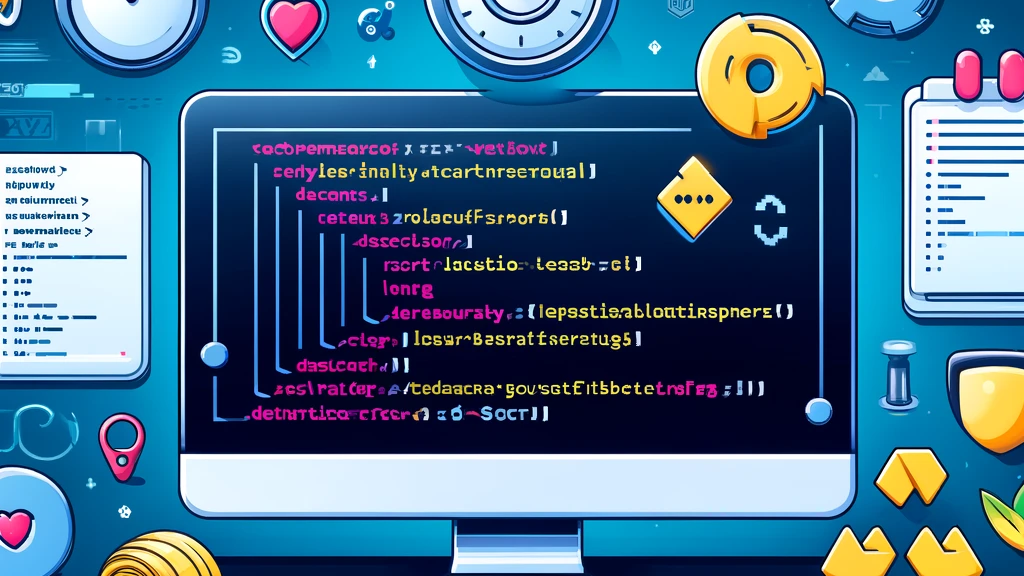
Advanced JavaScript Exercises
Lesson Objective:
These exercises dive deeper into more advanced JavaScript concepts and coding challenges without the use of external libraries or frameworks. The goal is to continue building proficiency in JavaScript with topics such as recursion, browser storage, animations, algorithms, and custom form validation.
Learning Outcomes:
Exercise 1: Recursively Flatten a Nested Array
Learning Objective:
Understand how to recursively flatten deeply nested arrays.
function flattenArray(arr) {
??return arr.reduce((acc, val) =>?
????Array.isArray(val) ? acc.concat(flattenArray(val)) : acc.concat(val), []
??);
}
const nestedArray = [1, [2, [3, [4, [5]]]]];
console.log(flattenArray(nestedArray)); // [1, 2, 3, 4, 5]
Explanation:
Exercise 2: Save and Retrieve Data from Local Storage
Learning Objective:
Learn how to store and retrieve data using the browser’s local storage.
const saveButton = document.getElementById('save');
const loadButton = document.getElementById('load');
const inputField = document.getElementById('dataInput');
saveButton.addEventListener('click', () => {
??const data = inputField.value;
??localStorage.setItem('savedData', data);
??alert('Data saved!');
});
loadButton.addEventListener('click', () => {
??const storedData = localStorage.getItem('savedData');
??if (storedData) {
????alert(`Stored data: ${storedData}`);
??} else {
????alert('No data found');
??}
});
Explanation:
Exercise 3: Animate an Element Using requestAnimationFrame()
Learning Objective:
Learn how to create animations using the requestAnimationFrame() API.
const box = document.getElementById('box');
let position = 0;
function moveBox() {
??position += 2;
??box.style .left = position + 'px';
??if (position < 300) {
????requestAnimationFrame(moveBox);
??}
}
requestAnimationFrame(moveBox);
Explanation:
Exercise 4: Implement a Factorial Function Using Recursion
Learning Objective:
Learn how to use recursion to calculate the factorial of a number.
function factorial(n) {
??if (n === 0) {
????return 1;
??}
??return n * factorial(n - 1);
}
console.log(factorial(5)); // Output: 120
Explanation:
Exercise 5: Custom Input Validation with Real-Time Feedback
Learning Objective:
Create custom form validation with real-time feedback.
<form id="form">
??<input type="text" id="username" placeholder="Enter a username">
??<p id="feedback"></p>
??<button type="submit">Submit</button>
</form>
<script>
const usernameInput = document.getElementById('username');
const feedback = document.getElementById('feedback');
usernameInput.addEventListener('input', () => {
??const username = usernameInput.value;
??if (username.length < 5) {
????feedback.textContent = 'Username must be at least 5 characters';
????feedback.style .color = 'red';
??} else {
????feedback.textContent = 'Username looks good!';
????feedback.style .color = 'green';
??}
});
</script>
Explanation:
Exercise 6: Implementing a Binary Search Algorithm
领英推荐
Learning Objective:
Learn how to implement the binary search algorithm to efficiently search for a value in a sorted array.
function binarySearch(arr, target) {
??let left = 0;
??let right = arr.length - 1;
??while (left <= right) {
????const mid = Math.floor((left + right) / 2);
????if (arr[mid] === target) {
??????return mid;
????} else if (arr[mid] < target) {
??????left = mid + 1;
????} else {
??????right = mid - 1;
????}
??}
??return -1;
}
const sortedArray = [1, 3, 5, 7, 9, 11, 13];
console.log(binarySearch(sortedArray, 7)); // Output: 3
Explanation:
Exercise 7: Sorting an Array of Objects
Learning Objective:
Learn how to sort an array of objects based on a specific property.
const users = [
??{ name: 'Alice', age: 25 },
??{ name: 'Bob', age: 20 },
??{ name: 'Charlie', age: 30 }
];
users.sort((a, b) => a.age - b.age);
console.log(users);
// Output: [{name: 'Bob', age: 20}, {name: 'Alice', age: 25}, {name: 'Charlie', age: 30}]
Explanation:
Exercise 8: Debouncing Function to Prevent Excessive Function Calls
Learning Objective:
Implement a debouncing mechanism to limit the frequency of function calls during rapid events.
function debounce(func, delay) {
??let timeout;
??return function(...args) {
????clearTimeout(timeout);
????timeout = setTimeout(() => func(...args), delay);
??};
}
window.addEventListener('resize', debounce(() => {
??console.log('Window resized');
}, 500));
Explanation:
Exercise 9: Custom Sorting Algorithm (Bubble Sort)
Learning Objective:
Implement the bubble sort algorithm to sort an array of numbers.
function bubbleSort(arr) {
??let swapped;
??do {
????swapped = false;
????for (let i = 0; i < arr.length - 1; i++) {
??????if (arr[i] > arr[i + 1]) {
????????[arr[i], arr[i + 1]] = [arr[i + 1], arr[i]]; // Swap
????????swapped = true;
??????}
????}
??} while (swapped);
??return arr;
}
const unsortedArray = [5, 2, 9, 1, 5, 6];
console.log(bubbleSort(unsortedArray)); // Output: [1, 2, 5, 5, 6, 9]
Explanation:
Exercise 10: Throttle Function to Limit Function Execution
Learning Objective:
Learn how to throttle function execution to limit how often a function can be executed during rapid events.
function throttle(func, limit) {
??let inThrottle;
??return function(...args) {
????if (!inThrottle) {
??????func(...args);
??????inThrottle = true;
??????setTimeout(() => (inThrottle = false), limit);
????}
??};
}
window.addEventListener('scroll', throttle(() => {
??console.log('User is scrolling');
}, 1000));
Explanation:
Recap of Key Concepts:
These exercises reinforce important JavaScript concepts such as:
By practicing these exercises, learners will continue to strengthen their understanding of core JavaScript concepts, focusing on real-world problems and efficient algorithm implementation without relying on external libraries.